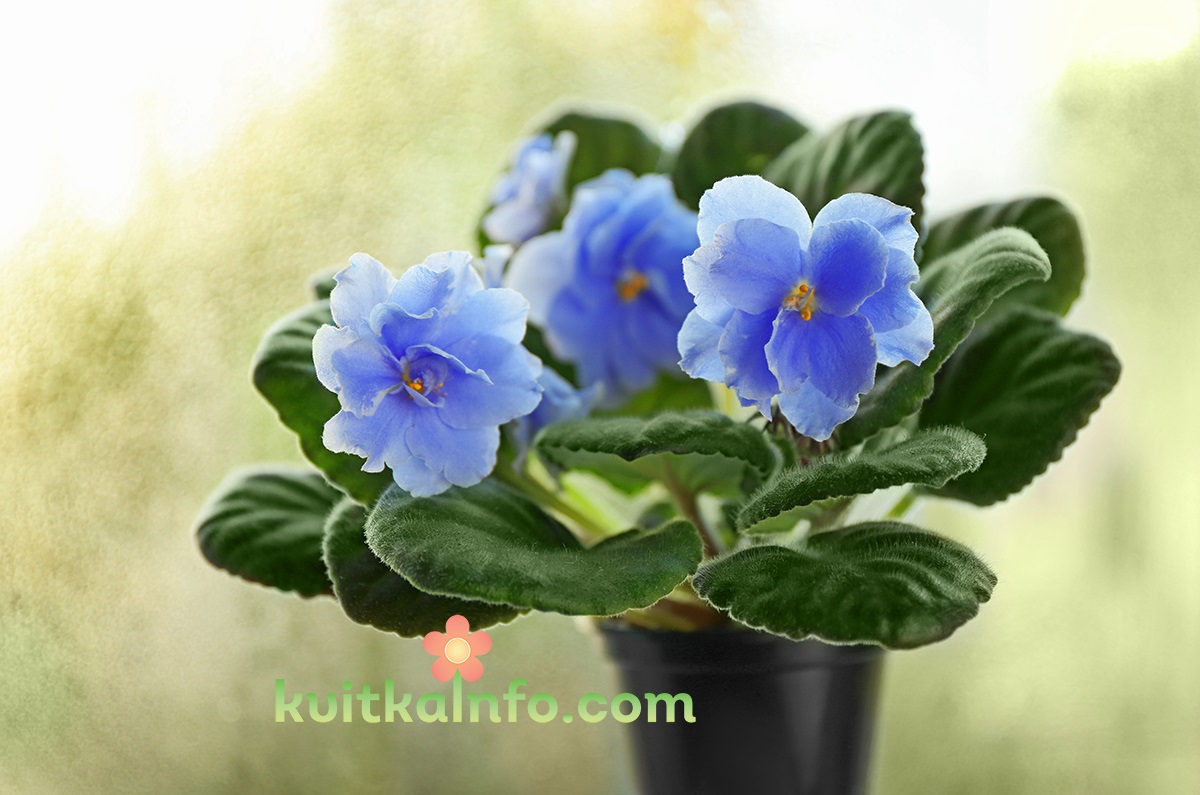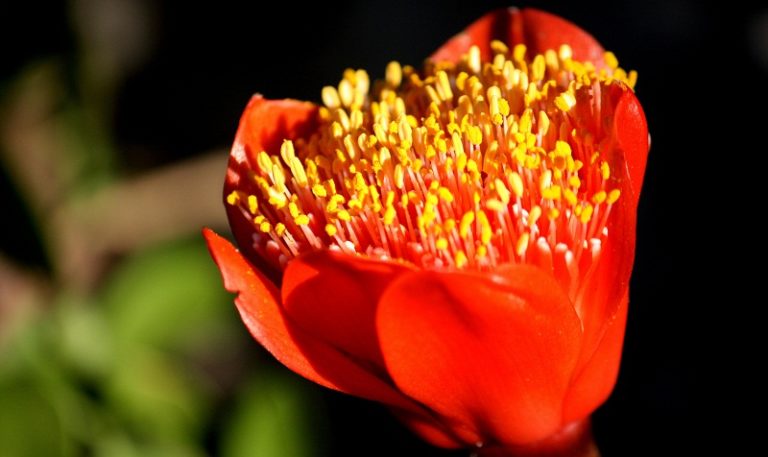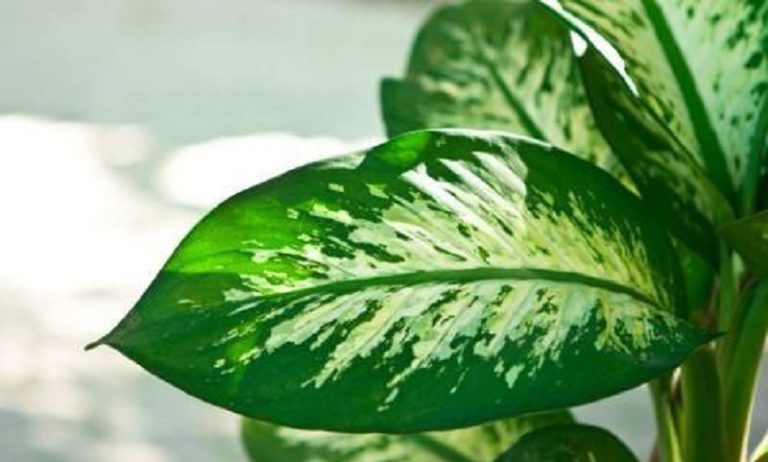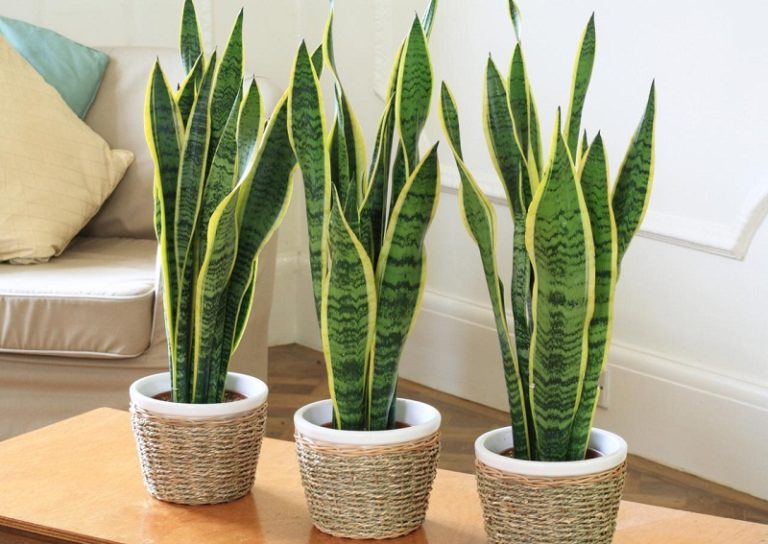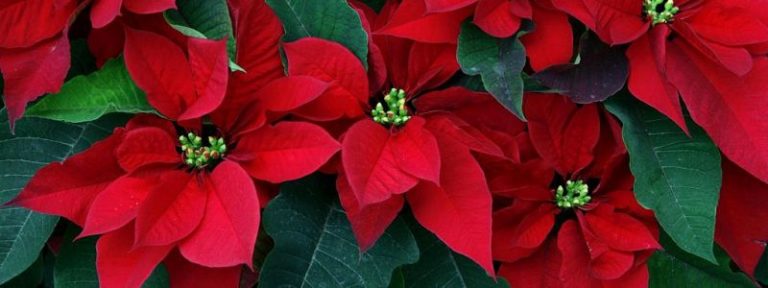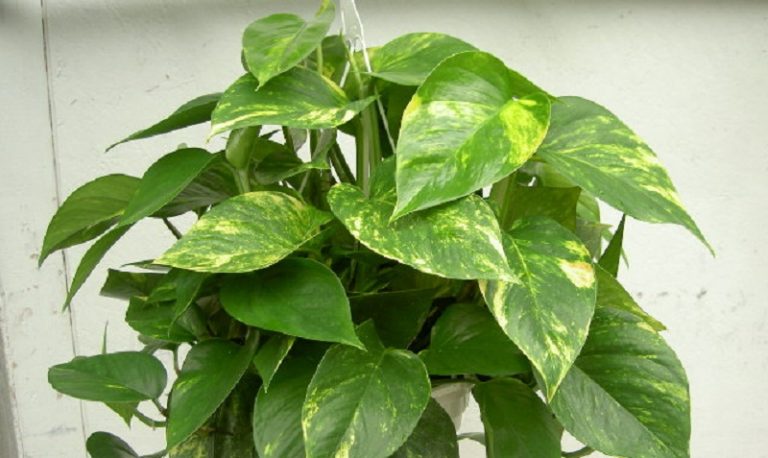Indoor violet
Saintpaulia (indoor violet) is a perennial herbaceous compact plant with beautiful multi-colored flowers, with oval dark or light green leaves, collected in a basal rosette from the Gesneriaceae family.
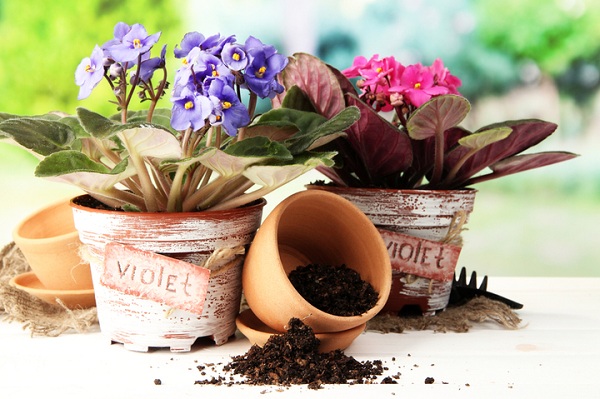
Today, there are several thousand hybrid species of violets, in the natural environment, Saintpaulia grows in tropical and subtropical surroundings of South America, Africa, Asia, Australia and reaches a size of up to 30 cm in height.
The flower got its name thanks to the obsessed flower grower, orchid collector Ulrich von Saint-Paul, in the XIX century, who traveled in the jungles of the East. Africa in search of new plant species and came across an unknown flower that was named after him.
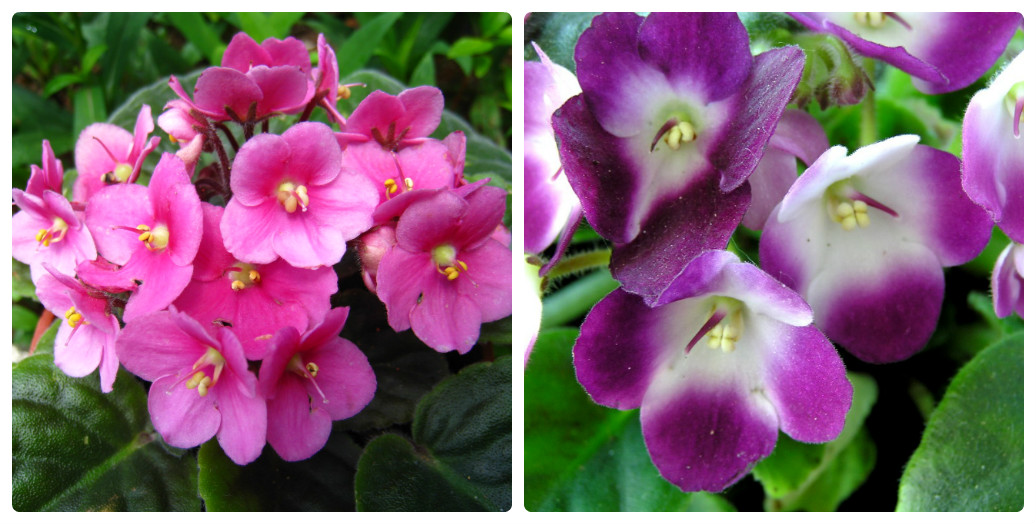
Violet flowers are multi-colored, simple, double, wavy with a diameter of 2 to 4 cm. There are also ampelous species of Saintpaulia, which have a branched stem and several rosettes. Thanks to the many hybrid species of violets, we can choose a plant by the color and shape of the flower. With proper care, these beautiful flowers will delight your eye with their long-lasting bloom.

Caring for violets
Uzambara violet is easy to care for. There are 5 main and 3 additional requirements: uniform temperature, careful watering, bright light, high humidity, regular feeding, leaves should not touch the glass of the windows, remove faded flowers and damaged leaves in time, the pot should not be too large.

Air temperature
Violets are quite resistant plants and can withstand a significant drop in temperature in winter. Air temperature, spring – autumn should be from 18 to 24 degrees C, and in winter it can be reduced to 10-15 degrees C (the plant is dormant under such conditions, that is, growth slows down or stops, be sure to reduce watering and do not feed). For the normal growth and development of violets, a fluctuation of 2-3 degrees between day and night temperatures is permissible. At a temperature of 20-24 degrees, the violet blooms well, so that the flowering of an adult violet lasts as long as possible and the flowers are large, we reduce the temperature to 20 degrees C.
For children recently separated from the mother plant, the optimum temperature is 23 – 25 ° C.
Violets tolerate an increase in temperature to 30-35 degrees C worse, the flowers are smaller, deformed, in summer it is better not to exhaust violets with flowering.
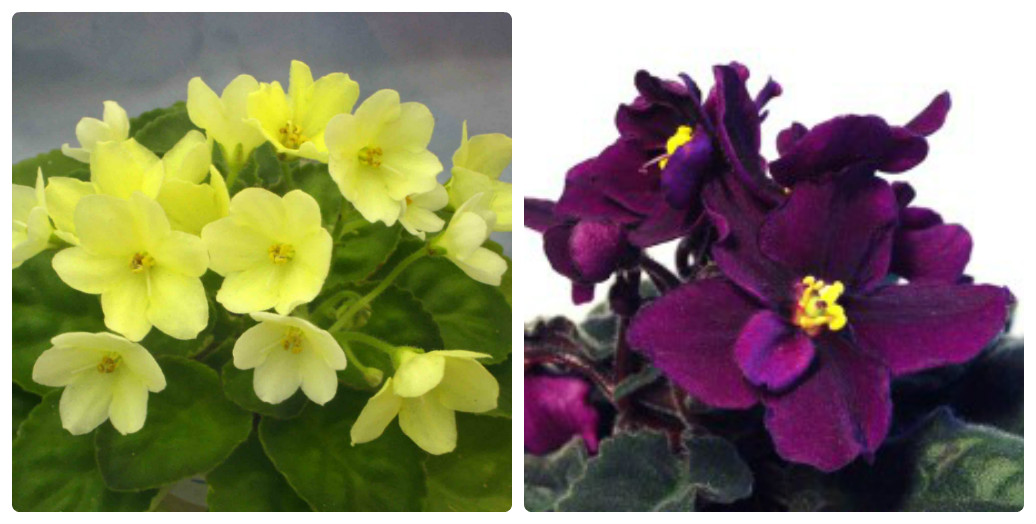
Light brightness
In nature, violets grow on the edge of the forest, tree branches provide a large amount of diffused light and at the same time the delicate leaves of violets are protected from the scorching sun. It is best to place Saintpaulia in well-lit and protected from direct sunlight. A properly selected and illuminated location of violets is the main factor for proper care and the key to abundant, long-term flowering.
Violets can also be grown in artificial light, using 40vat. (2pcs)fluorescent fluorescent lamps, placed at a distance of 30 cm. from the plant and turn on for 14 hours a day.
In summer, the ideal place for violets is the north window, and in winter, the south window. Saintpaulia with dark green leaves requires brighter lighting than with wavy and light green leaves. Also, do not forget to turn the indoor violet periodically so that the root rosette does not deform.

Signs of excessive light for violets:
- The edges of the leaves are wrapped towards the bottom.
- The color of the leaves becomes very light, almost yellow.
- brown spots appear on the leaves(sunburn).
- The stems grow short.
- Young leaves in the center of the basal rosette are deformed.
- Peduncles grow short.
- The flowers are small, lose color and fade quickly.
Signs of insufficient light for violets:
- Elongated stems.
- Violets do not bloom.
- They do not grow.
- On varieties with two-tone leaves, they become ordinary green.
How to water violets
You need to add violets as the earth dries, in no case do not allow overflow, and overdrying of the earth, it is better not to add than to pour. The water should be soft, settled at room temperature. You need to pour very carefully, pour water under the leaves, and not on top, so as not to flood the basal outlet . Sometimes you need to water the violet by immersing the pot in water.

Air humidity
Violets need a high humidity of at least 50% .It is possible to spray Saintpaulia, but very carefully so that water does not remain on the leaves. During the flowering period, it is impossible to spray violets, water ingress on flowers can lead to loss of flowers. How to increase humidity?
Soil for violets
The soil for violets should be light and sterile. In flower shops, you can buy ready-made soil for flower plants, soil for seedlings is also suitable, or you can prepare the land yourself. We take soil for seedlings(2l), more than half a glass of vermiculite( increases the acidity of the soil, ensures air exchange and oxygen penetration to the roots), a glass of sphagnum(has antibacterial and disinfectant and antifungal properties, thanks to the anti-putrefactive substance makes the soil lighter and breathable), half a glass of crushed charcoal( a good antiseptic, it prevents soil rotting, and also absorbs salts and improves the structure of the soil. risk of bacterial diseases of the root system of plants) 1 glass Perlite is an almost neutral material, making the mixture lighter, breathable, looser, which prevents soil compaction. Thanks to these properties, the plant develops its root system well and air exchange is not disturbed.
Propagation of violets
Violet propagates by seeds and vegetatively: propagation by leaves and dividing the bush.
Найчастіше і найпростіше використовують вегетативний спосіб з частини материнської рослини. Посадки у землю чи занурення у воду листкового живця або дочірньої розетки. Процес укорінення триває 4- 8 тижнів. 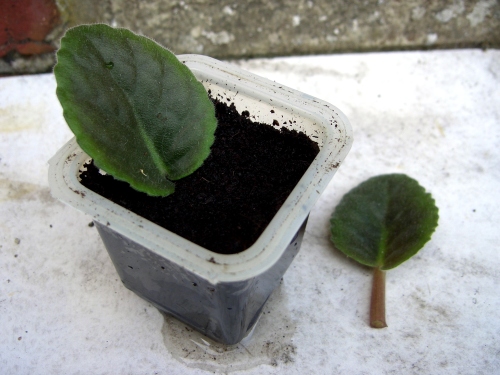
Pests
Among the pests that harm violets are spider mites, aphids, thrips, whiteflies, scale insects, nematode worms, cyclamen mites. Pests can appear on one specimen and not spread to others.
Violet diseases
Most often, violets suffer from the following diseases: gray rot, powdery mildew( Signs of diseases are: rotting of the stem and root, falling flowers …).
The causative agents of infectious diseases are bacteria, fungi and viruses. To prevent an infectious disease, the watering regime, temperature, humidity, and illumination should be strictly observed.

